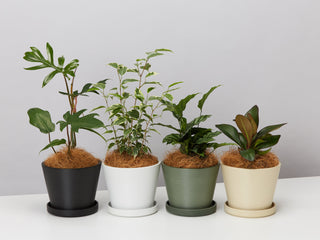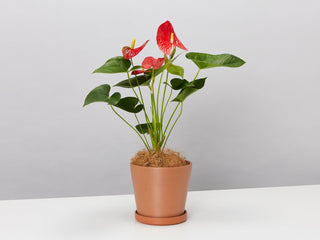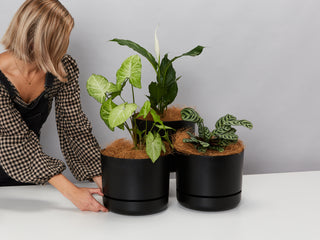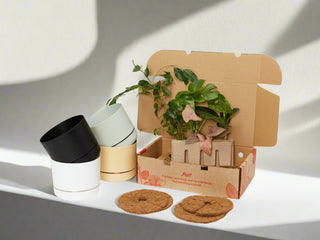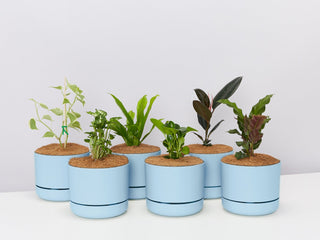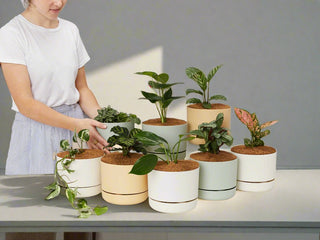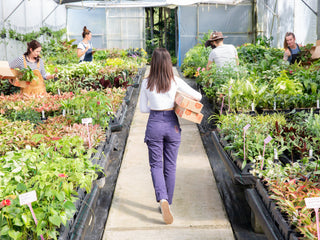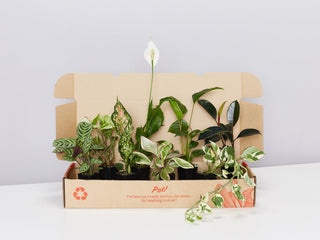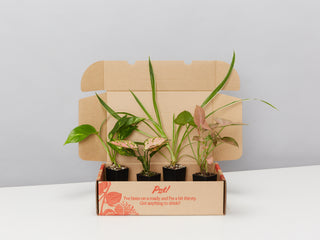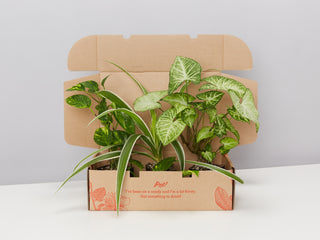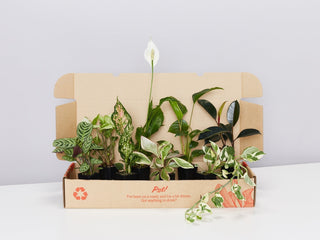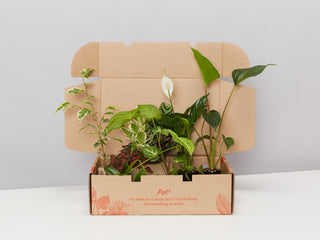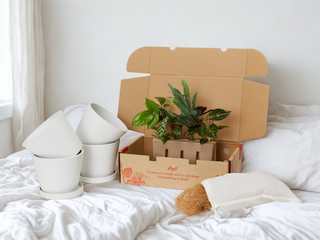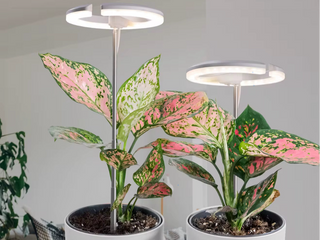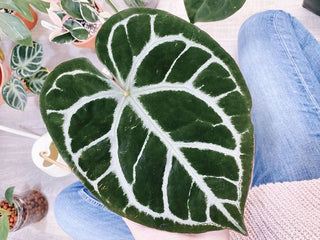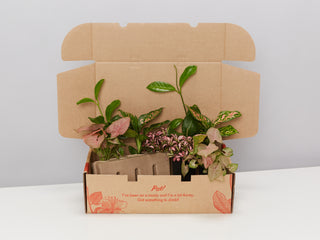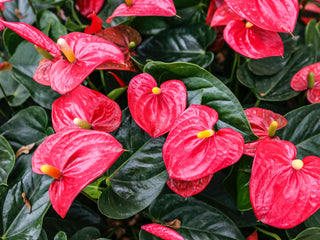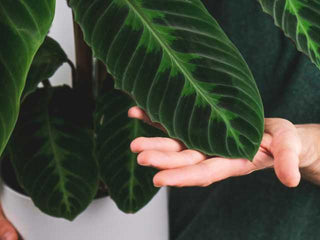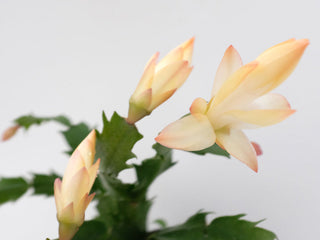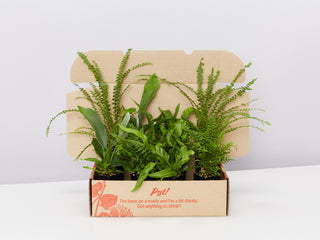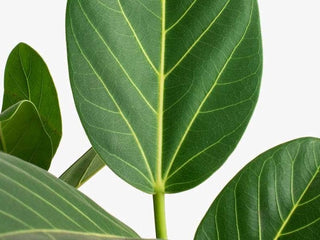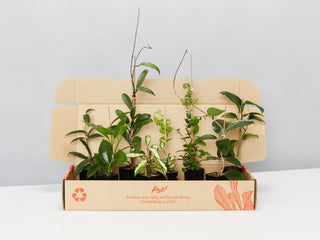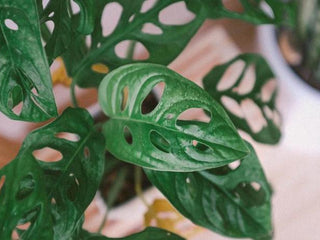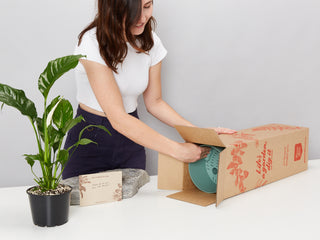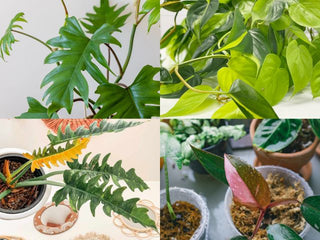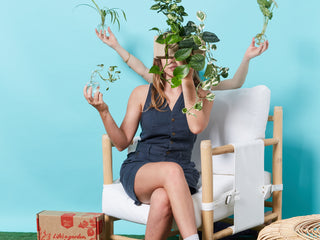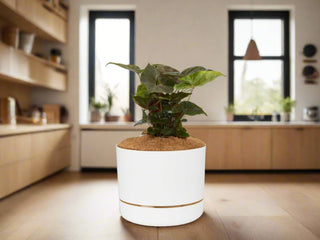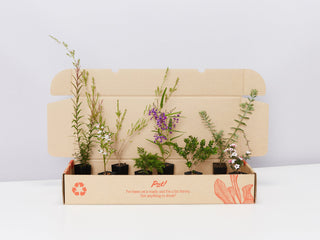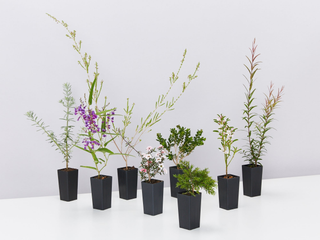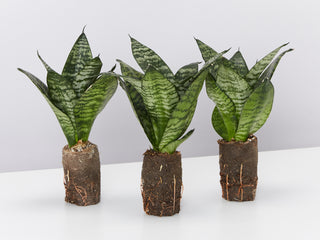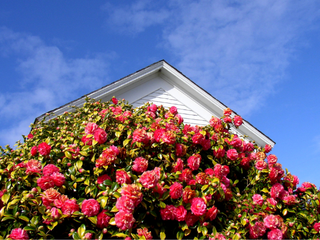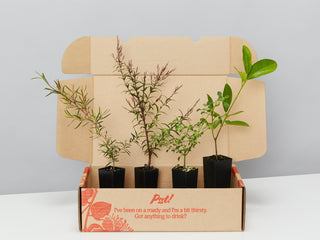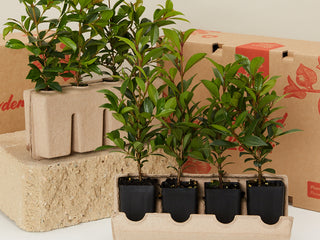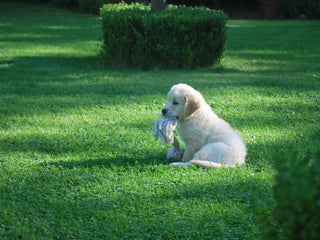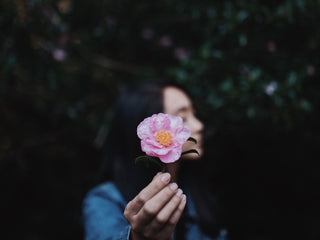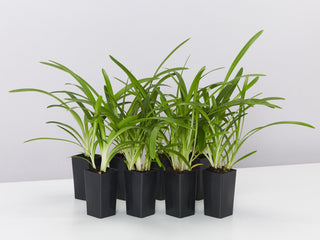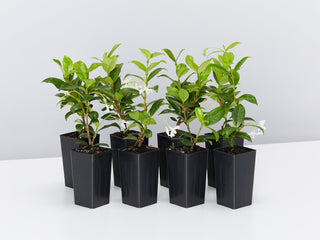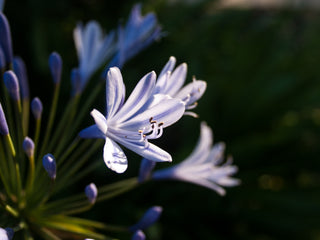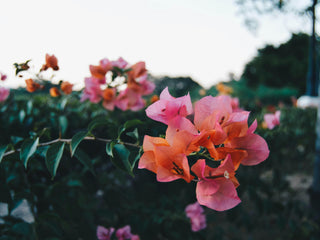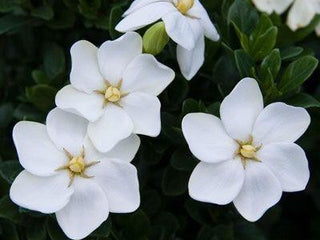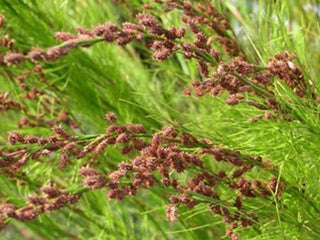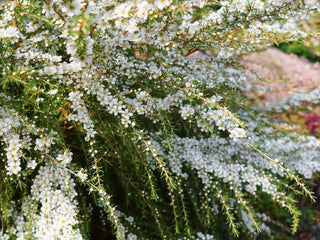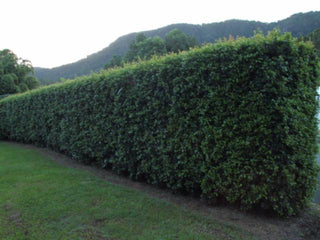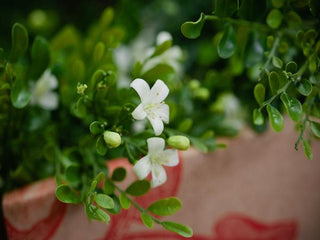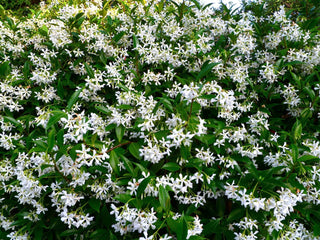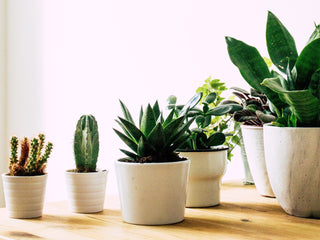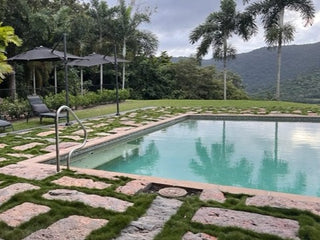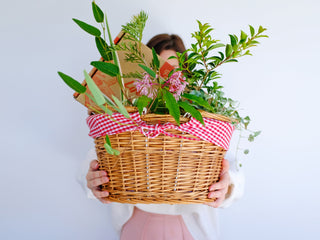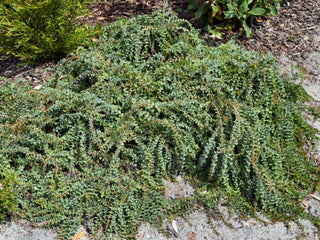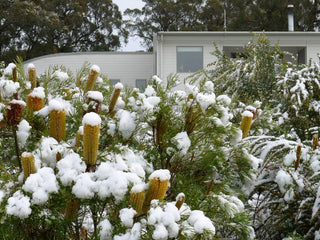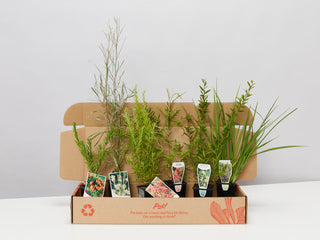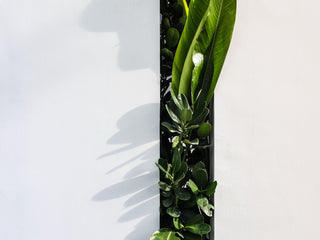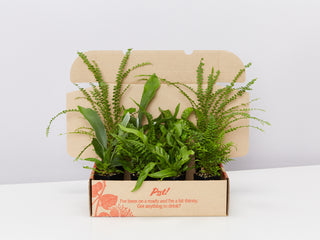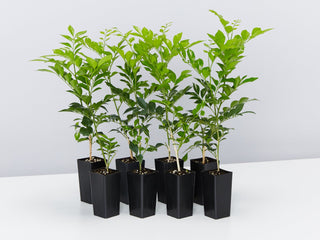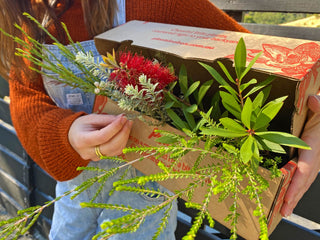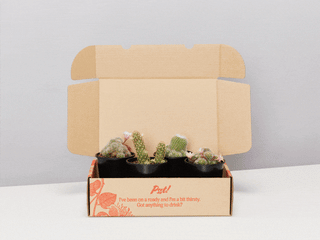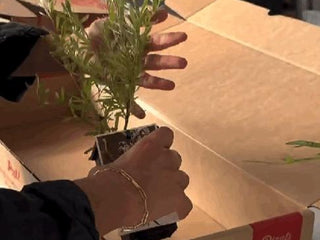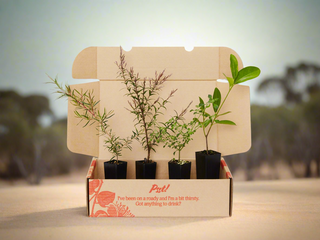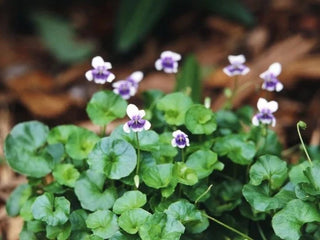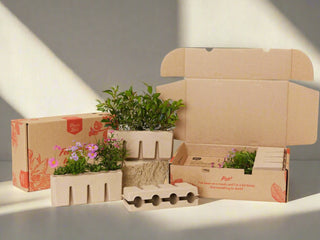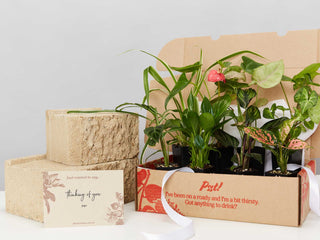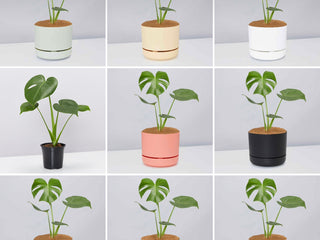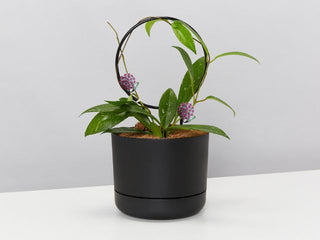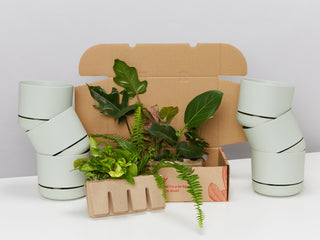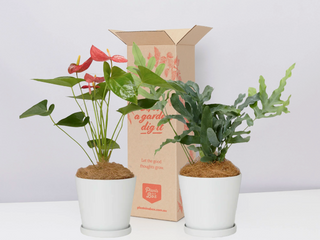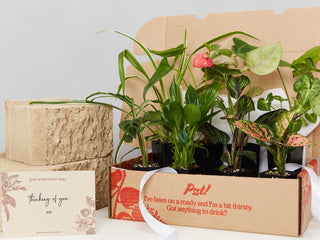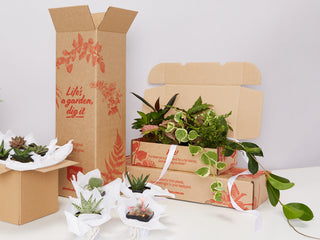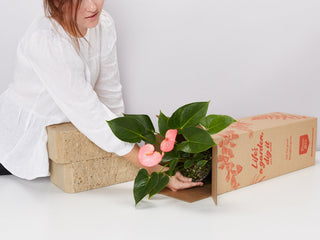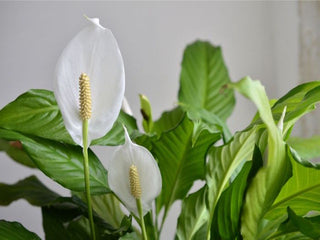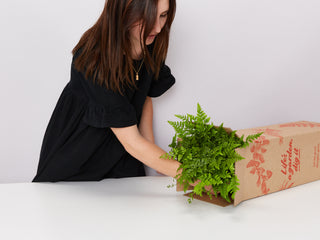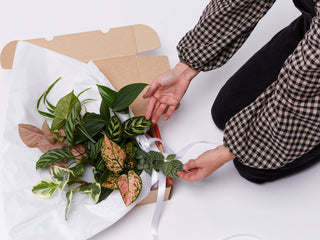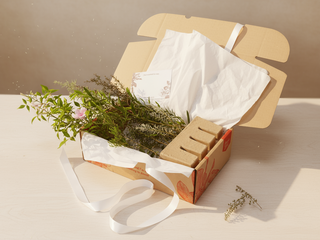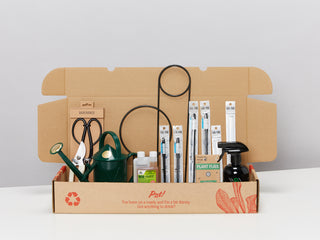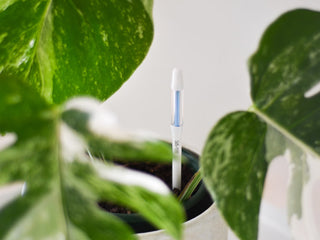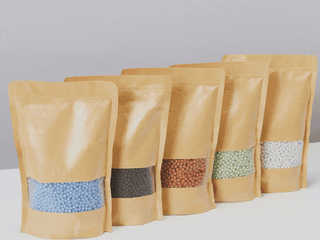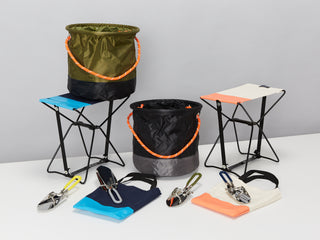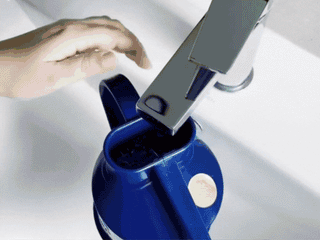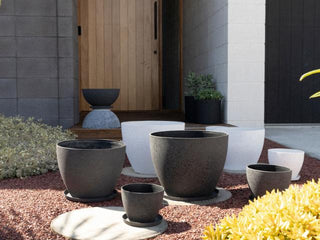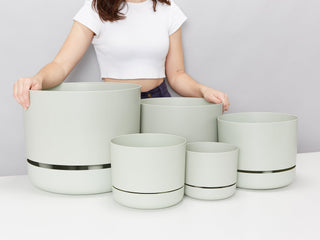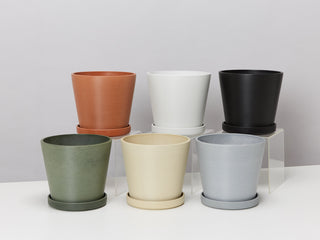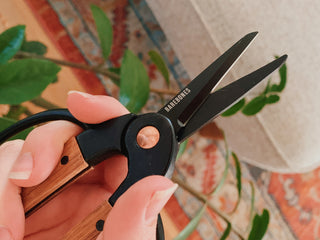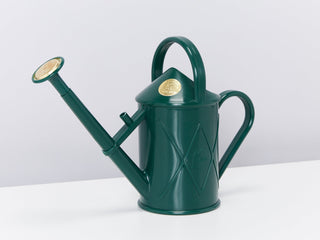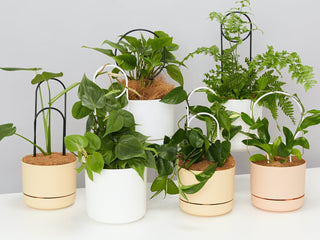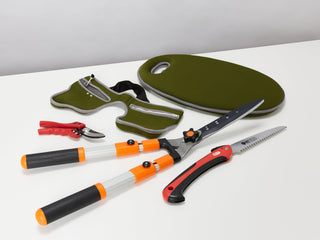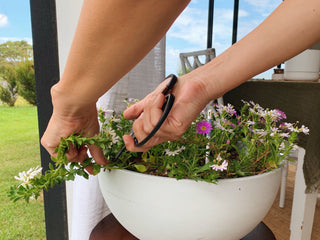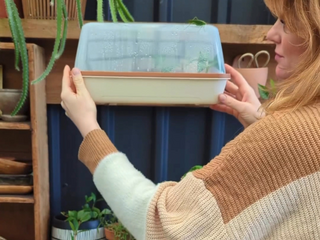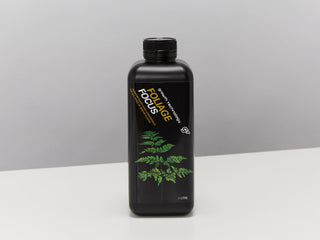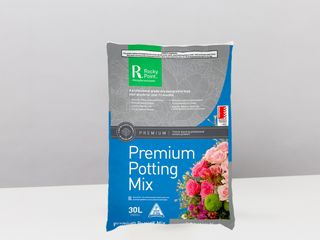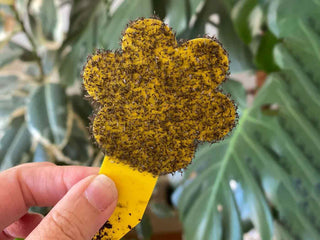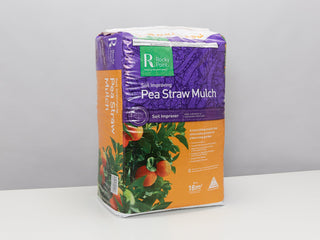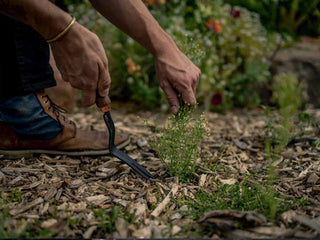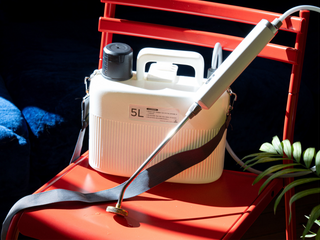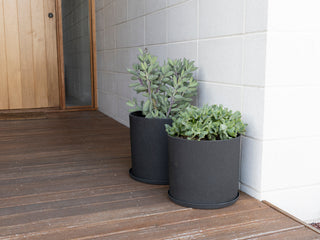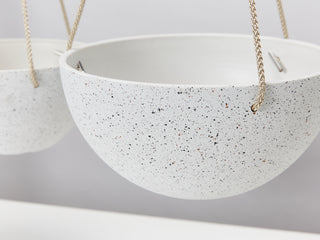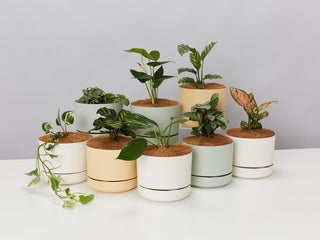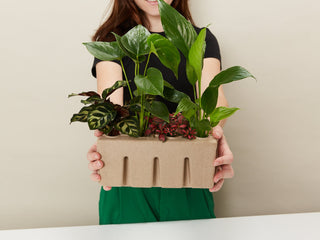Getting down and dirty: The importance of pH testing your soil
Ensuring Healthy Soil for Your Plants
Whether you’re a seasoned green thumb or a gardening novice, it’s always important to consider pH testing your soil. Just like every person has different nutritional needs, each plant has different pH requirements. If the pH levels are wrong, then your plants will struggle to grow, or possibly die (eek!).
So, before you randomly start planting out in any old patch in your garden, check out this handy guide to pH testing your soil and why it’s so important.
It’s all about the chemistry!
If you want to get technical, pH refers to the concentration of hydrogen ions in a substance. The higher the ion concentration, the lower the pH and vice versa! But enough with the science lesson!
All you need to know is that soil pH is all about acidity and alkalinity as measured by the pH scale. This scale ranges from 0 to 14, increasing with higher alkalinity and decreasing with higher acidity:
- Soil with a PH of less than 7 is acidic or ‘sour’
- Soil with a PH of more than 7 is alkaline or ‘sweet’
- Soil with a PH that is bang on 7 is neutral
Extreme readings on either end of the scale are usually harmful to plants.

Dishing the dirt: Why is soil pH important?
Soil pH isn’t a nutrient, but it directly relates to plant nutrition. Soil pH levels control the availability of plant nutrients. The nutrients a plant needs to thrive occur naturally in the soil, but soil that is too alkaline or acidic can change this. Plants can only access nutrients when the ph is correct for that plant.
The ideal soil pH for most plants is between pH 5.5–6.5 When your pH drifts outside this range, you can start to run into trouble because your plant can not absorb certain nutrients in the soil. So it won't matter how much fertilizer you put on your plant, it won't be able to take it up.
Digging deeper: Sweet and sour soil
Yup! Sweet and sour doesn’t always refer to the tangy sauce from your local takeout! Gardeners use the terms ‘sweet’ and ‘sour’ to describe soil alkalinity and acidity respectively. ‘Sour’ is used to describe acidic soils because they can smell similar to sour cream or vinegar. ‘Sweet’ is used to refer to soils that are alkaline.
Too sweet! Highly alkaline soil
- When soil pH gets too high (alkaline), plant growth is often stunted because water and essential nutrients struggle to be taken up by the plant.
- Plant nutrients, such as iron, zinc, copper, and manganese become less available.
- Phosphorus can also become limited due reduced solubility.
- Levels of calcium, sodium, and magnesium can increase to toxic levels.
- Iron deficiencies (iron chlorosis) are also a common problem.
Too sour! Highly acidic soil
- When soil pH gets too low (acidic), plant growth decreases because many nutrients (such as phosphorus and molybdenum) become less soluble.
- Elements such as aluminium, iron, manganese, and zinc are held in the soil and can increases to toxic levels.
- Soil conditions become less favourable for earthworms, bacteria and other soil organisms, slowing beneficial soil decomposition.
- Microbe activity slows, lowering nitrogen levels and affecting essential processes like nitrogen fixation and mineralisation.
- Calcium, magnesium, and potassium deficiencies can develop.
Put your soil to the test!
Find out where your soil sits on the scale with our simple soil pH test. Simply dig a small hole where you plan to plant, about 10-15cm deep into the soil. Collect a handful of the soil in your hands and place it onto a surface. Before testing, remove as much debris (sticks and mulch) as possible.
Measure out half a teaspoon of soil for testing and add a few drops of indicator liquid (just enough to stir into a thick paste). Dust the white powder onto the paste and watch as it changes colour. This will only take a minute! Compare the paste with the colour chart to determine your soil pH.
Correcting acidic soils: Get liming!
Most Australian soils, including coastal soils, are acidic, with levels varying depending on where you live. This is often the result of thousands of years of rainfall leaching elements such as calcium, magnesium, sodium, and potassium, which prevent soil acidity.
If you want to reduce acidity, you will need to add dolomite (ground limestone) or Maglime fines, to raise the soil pH. How much dolomite you add will depend on your starting pH and what you’re trying to grow. Generally speaking you will need more for veggies and less for flowers. The lower the starting pH the more dolomite will be required.
Start with 250gms for every square metre, spreading it over the surface and watering it in gently. The dolomite will gradually incorporate into the topsoil layers over a period of time (a week to a month). Check again in 3 months to a year to see how the pH value has changed.
A word to the wise! Avoid using builders lime or quicklime, as they are extremely concentrated and you will overshoot.
 Correcting alkaline soils: Organic matters!
Correcting alkaline soils: Organic matters!
While not as widespread, alkaline soils are common in some parts of Australia, especially in arid areas. To reduce the alkalinity you need acid to bring the pH down to neutral or slightly acid. You can do this by adding organic matter such as compost, manures, leaf litter and mulch. You can also add chelated iron.
In extreme cases, you can use powdered sulphur (about one handful per square metre, once a year). Keep in mind sulphur works very slowly and you won't see a change in soil pH for about 6 months. It’s a good idea to seek professional advice if you plan to add sulphur to your soil.
Struggling to get the balance?
Sometimes, even after correction, your soil may still be too acidic or alkaline. But don’t stress! You just need to be a little more mindful of what you’re planting.
Acid lovers! Plants that like their soil sour
Slightly acidic soils aren’t a problem as long as you pick the right plants. While there are lots of plants out there that will tolerate sour soils, these varieties will actually thrive with a bit of acidity.
Most Australian native plants also prefer slightly acidic soils between pH 4.5 to 6. That’s because soil across the country is naturally on the acidic side. You can try planting:
- Callistemon
- Grevillea
- Banksia
- Leptospermum
- Kangaroo Paw
- Eucalypts
 Fine with alkaline! Plants that tolerate sweeter soil
Fine with alkaline! Plants that tolerate sweeter soil
While most plants prefer soil that’s neutral or slightly acidic, there are plants out there that can tolerate slightly alkaline soils. Here are some great options:
Likewise, most vegetables prefer neutral or slightly acidic soil, but there are some varieties that will grow very well in sweeter soil (up to pH 7.5).
- Asparagus
- Broccoli
- Cauliflower
- Beets
- Kale
- Leeks
- Peas
- Beans
Balanced soil means healthy plants - you dig?
Testing and correcting your soil pH is the key to a thriving garden. With the right soil pH you can ensure you plant babies get all the moisture and nutrients they need to flourish!
Still struggling with your soil? Reach out to our plant nerds online!
